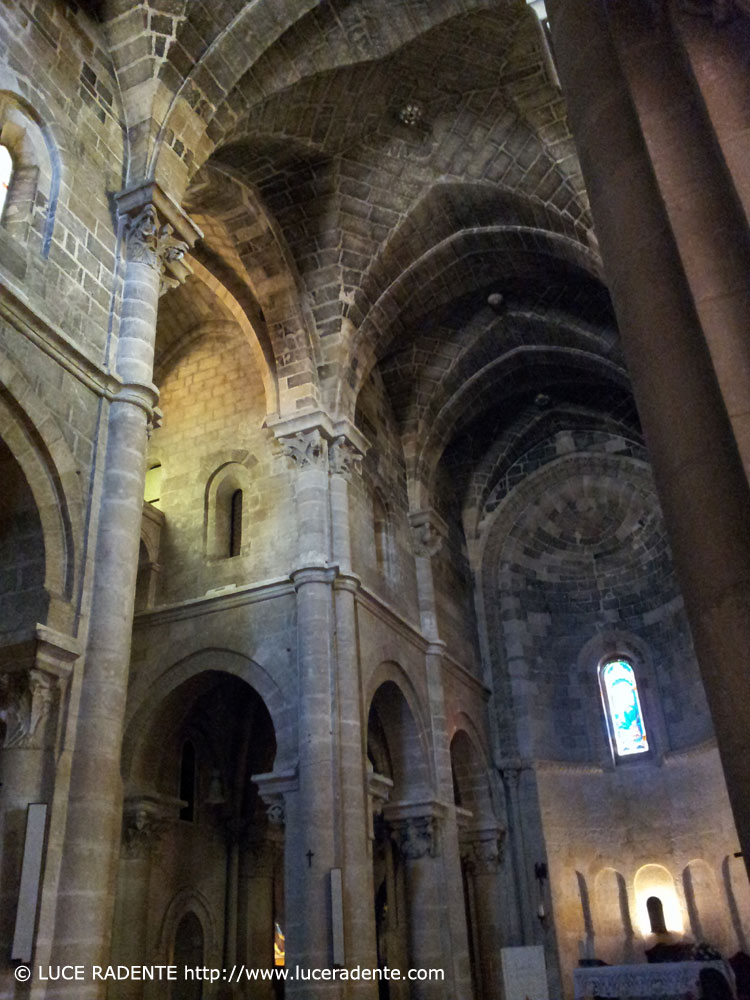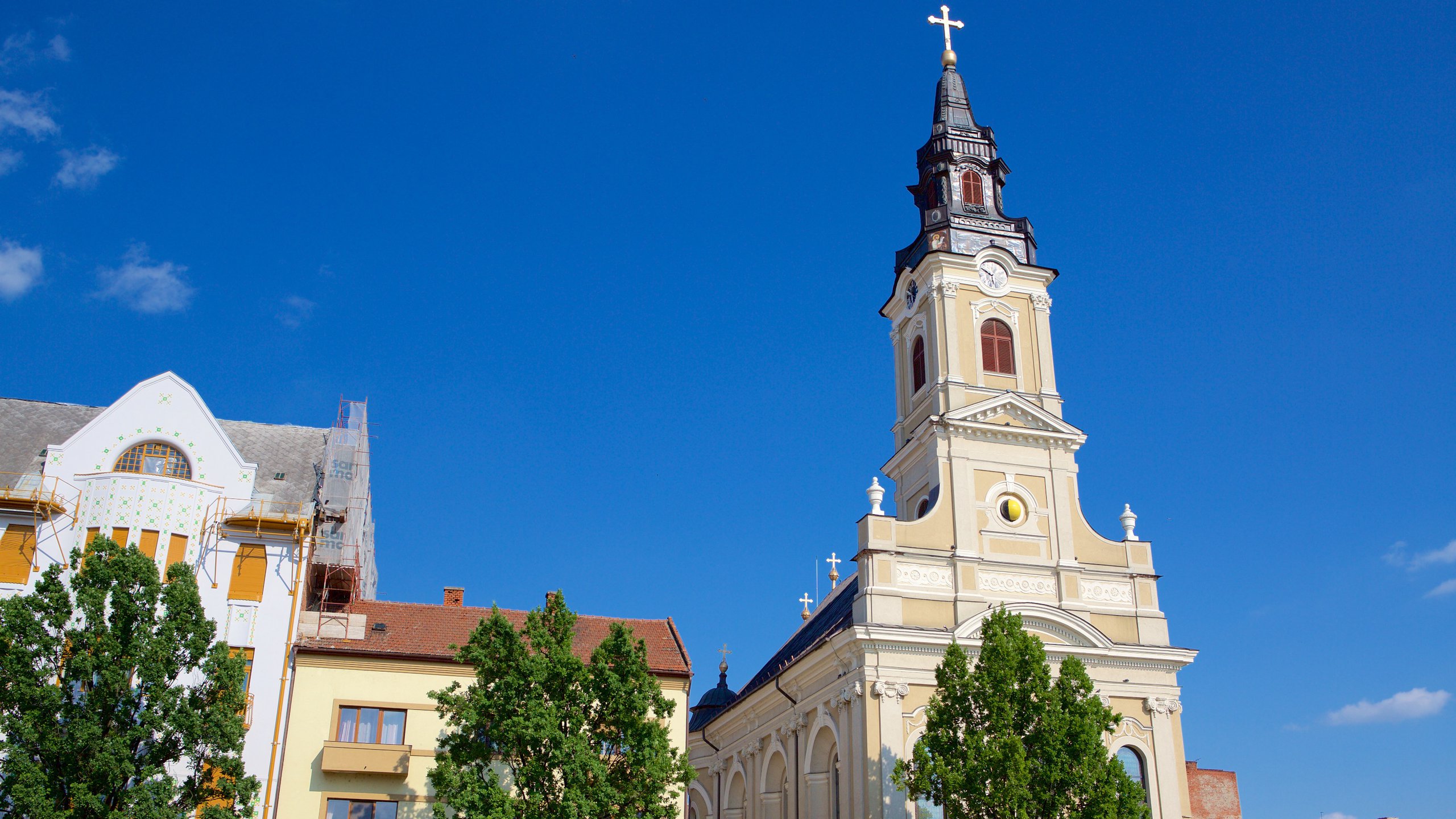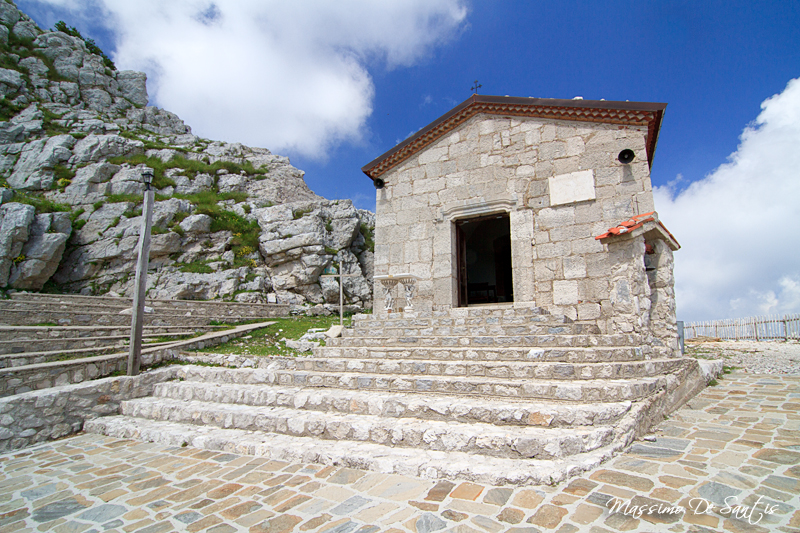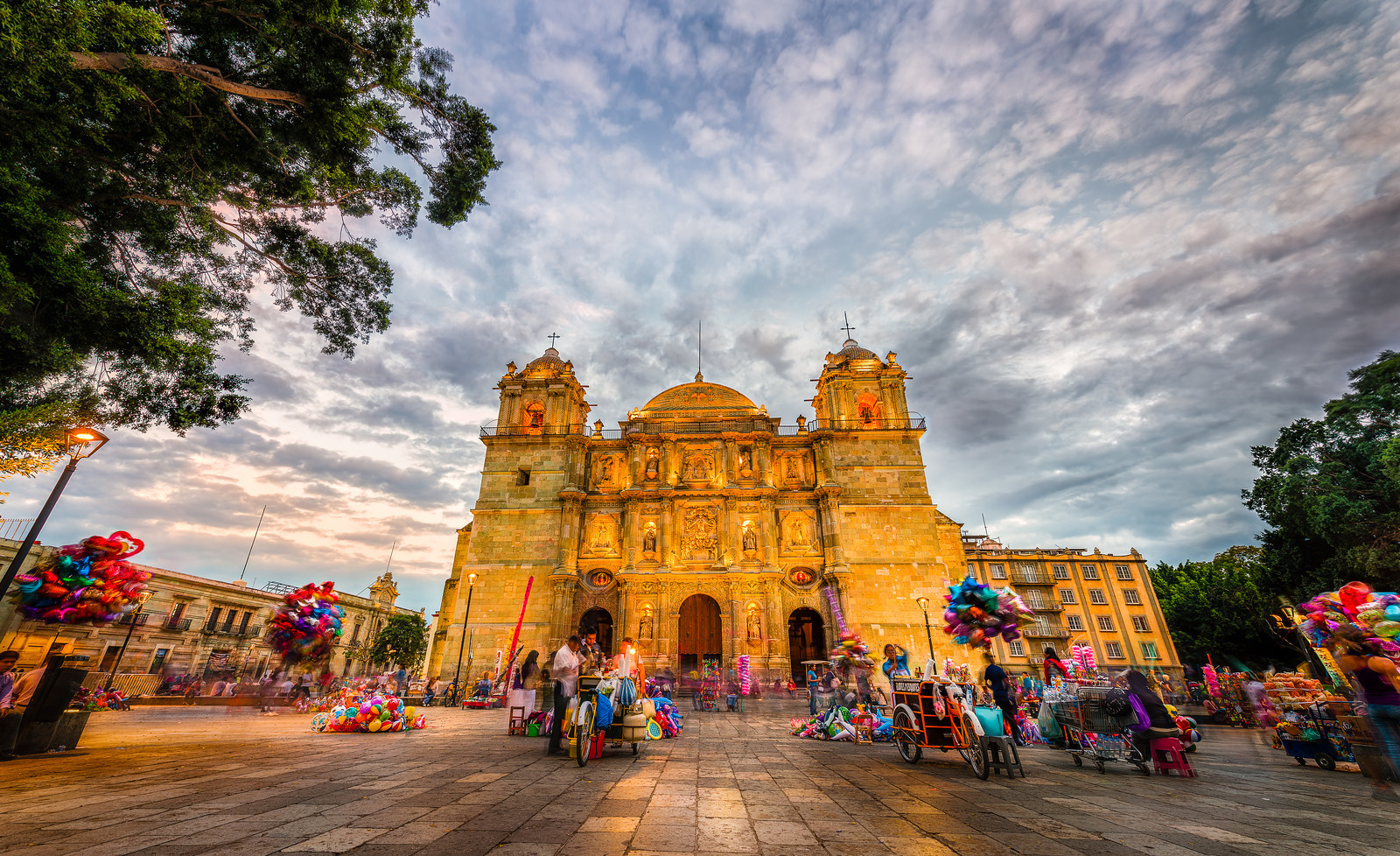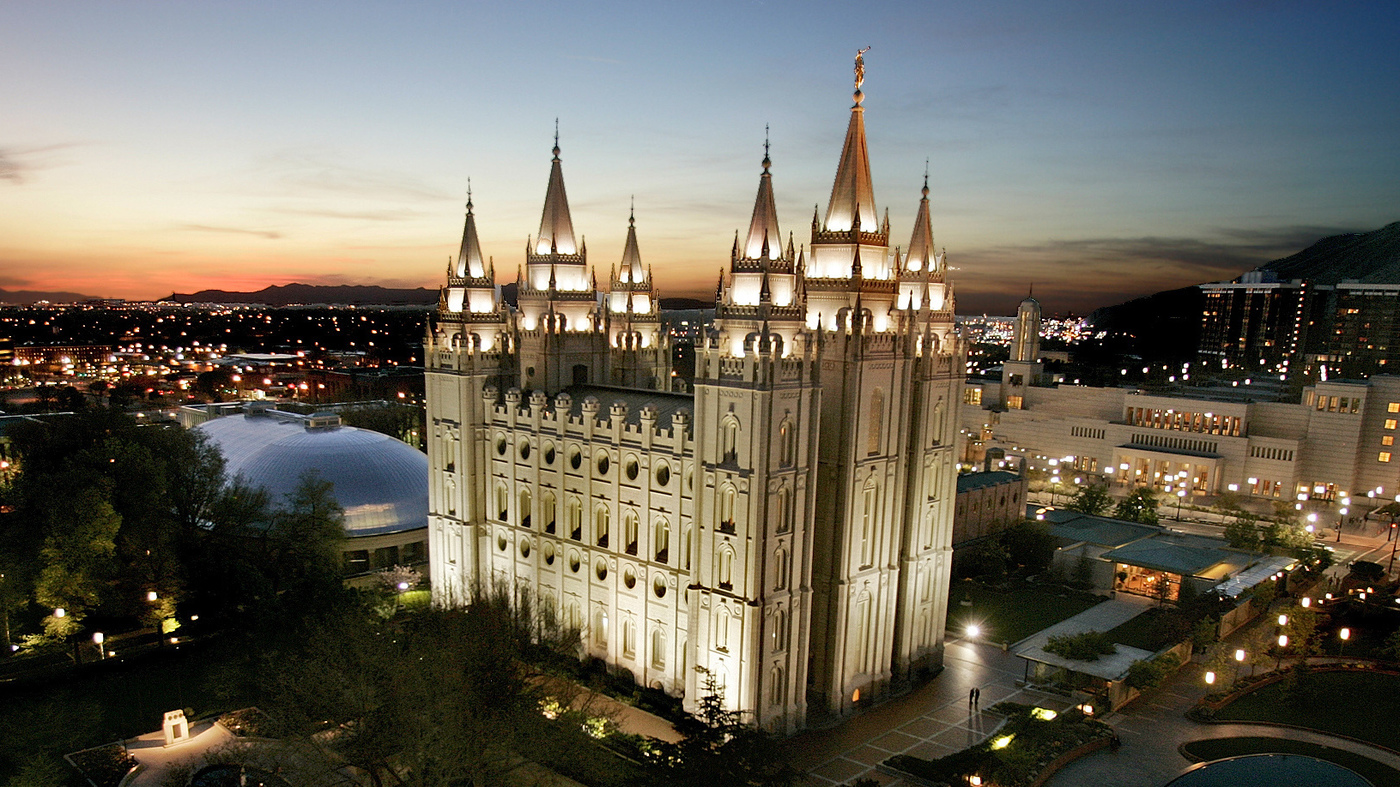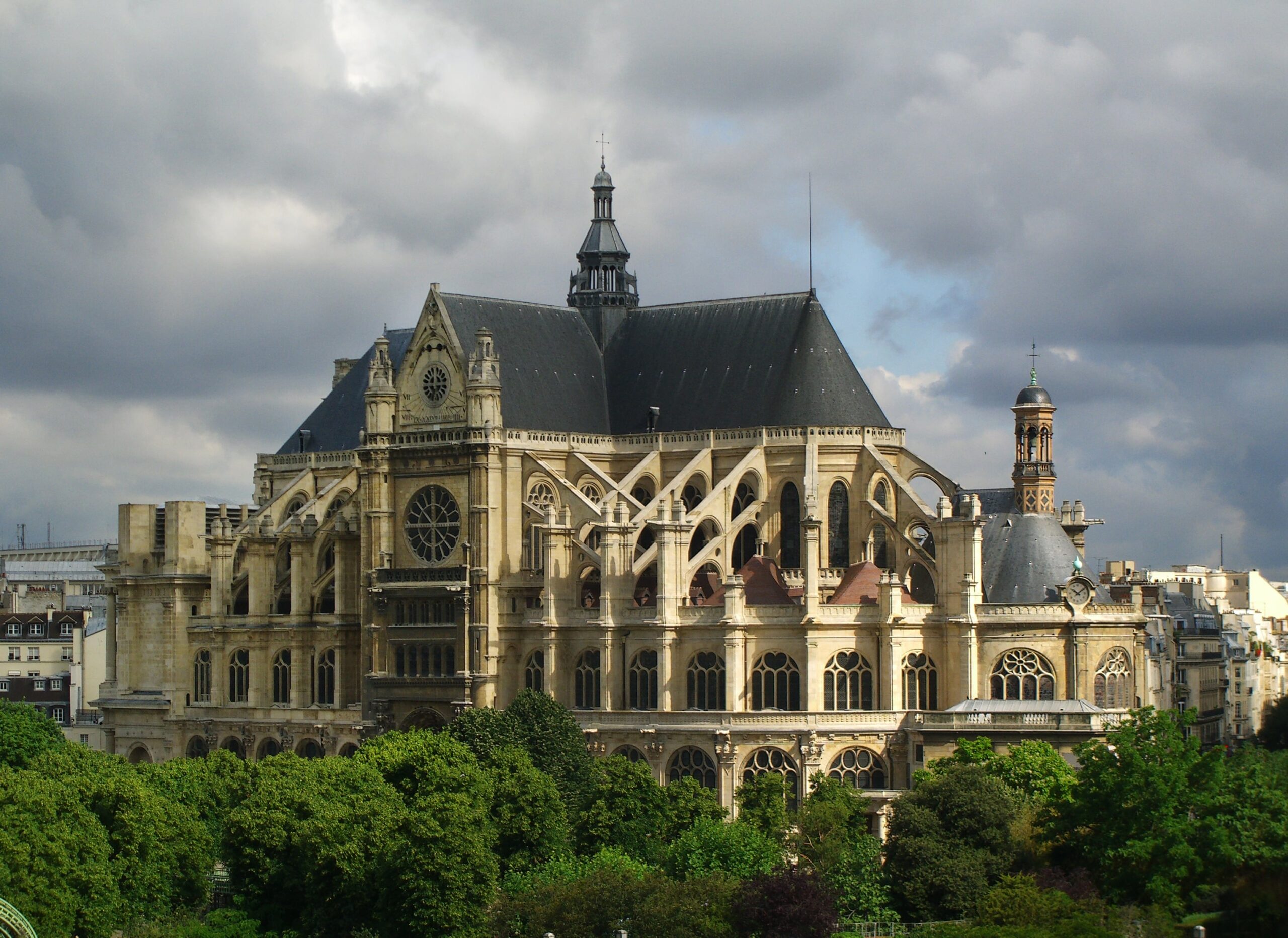It was the first sacred structure to rise outside the city walls.
It was built, starting from 1230, over an old church called at that time "Santa Maria Nuova" and finished in 1233. During the war of Otranto (1480) it was abandoned; it was then reopened for worship in 1695 and dedicated to St. John the Baptist. The structure underwent several modifications during the centuries.
Its architecture is mainly Romanesque, but there are influences of various styles, such as Arabic in the portals, Gothic in the arches and Greek because of its cross-shaped plan.
The right side of the church (the temple does not have a real facade) is dominated by the main portal, finely decorated with plant volutes; it is also adorned with small hanging columns and animal sculptures. A tufa work representing St. John the Baptist occupies the niche under the rose window of the great tympanum.
The interior has three naves, delimited by eight pillars surmounted by capitals decorated with floral and animal motifs; the central nave has a ribbed vault, while on the side naves the large transverse arches form cross vaults. The medieval chapels contain a 16th century fresco of the Madonna della Nova and two wooden statues representing the medical saints Cosmas and Damian. In the chapel on the altar è present a canvas of the halfà of the eighteenth century of Vito Antonio Conversi.
Source text wikipedia
